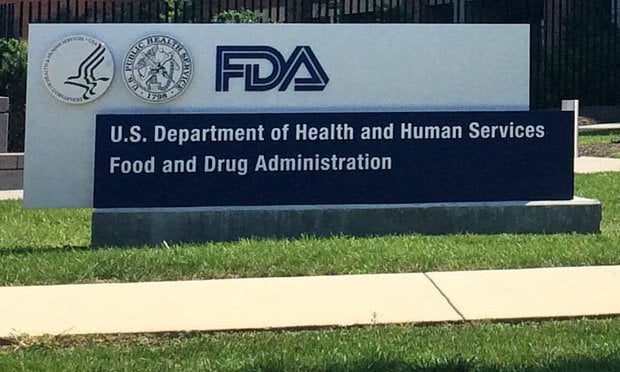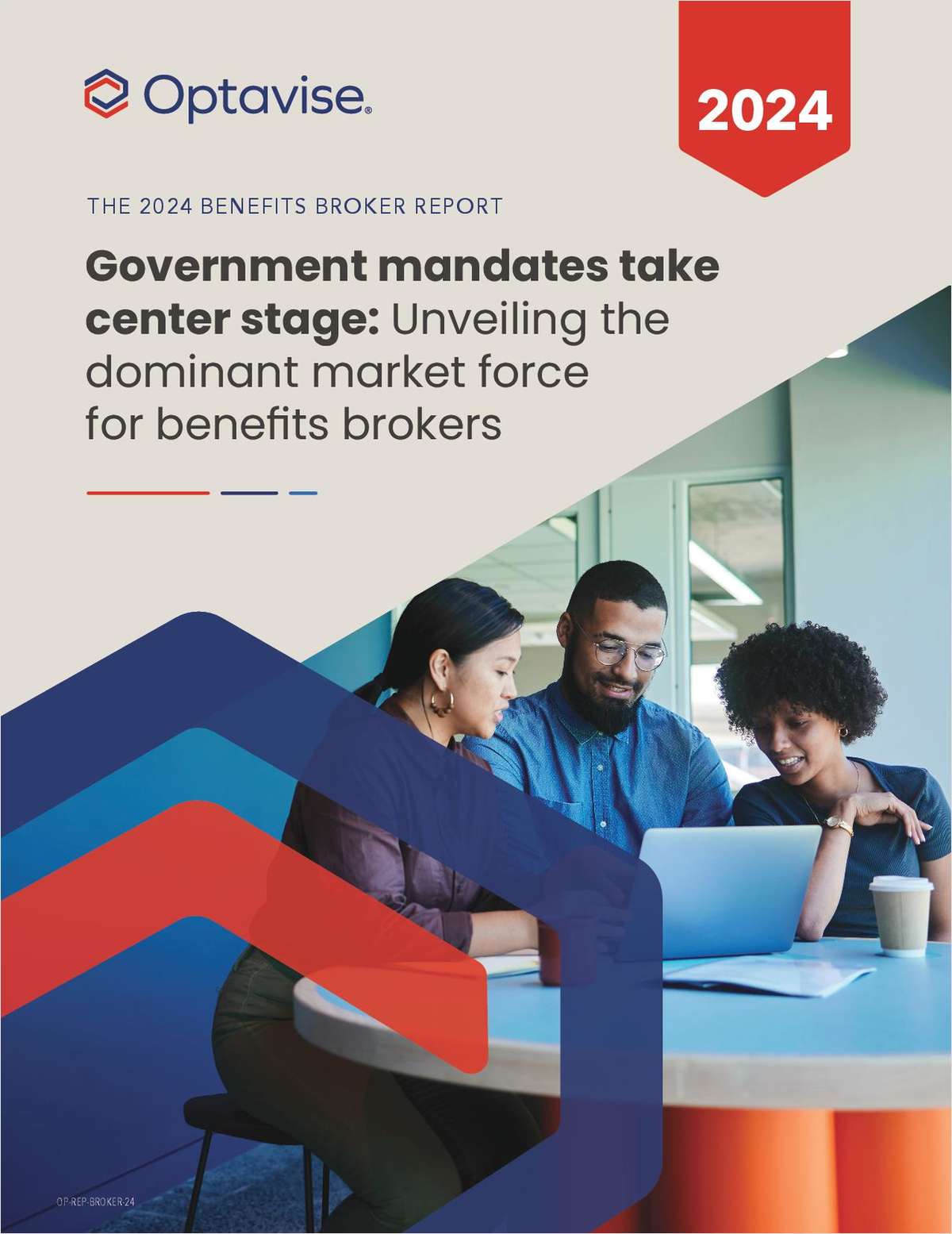California Gov. Jerry Brown defied the drug industry Monday bysigning a sweeping drug price transparency bill that will forcedrugmakers to publicly justify big price hikes.
|“Californians have a right to know why their medical costs areout of control, especially when pharmaceutical profits aresoaring,” Brown said. “This measure is a step at bringingtransparency, truth, exposure to a very important part of ourlives. That is the cost of prescription drugs.”
|The new law will require drug companies to give 60 days’ notice to stateagencies and health insurers anytime they plan to raise the priceof a drug by 16 percent or more over two years on drugs with awholesale cost of $40 or higher. They must also explain why theincreases are necessary.
|The advance notification provisions take effect Jan. 1, whilethe other reporting requirements don’t kick in until 2019.
|Brown said the bill is part of a larger effort to correct growingincome inequality in the United States.
|He called on top pharmaceutical leaders to consider doingbusiness in a way that helps Americans who are spending large sumsof money for lifesaving medications.
|“The rich are getting richer. The powerful are getting morepowerful,” he said. “We’ve got to point to the evils, and there’s areal evil when so many people are suffering so much from risingdrug profits.”
|The drug lobby fiercely opposed the bill, SB 17, spending $16.8 million on lobbying from January2015 through the first half of this year to kill an array of druglegislation in California, according to data from the secretary ofstate’s office. For the pricing bill alone, the industry hired 45lobbyists or firms to fight it.
|The bill drew support from a diverse coalition, including laborand consumer groups, the hospital industry and even healthinsurers, who agreed to share some of their own data. Under the newlaw, they will have to report what percentage of premium increasesis related to drug prices.
|“Health coverage premiums directly reflect the cost of providingmedical care, and prescription drug prices have become one of themain factors driving up these costs,” said Charles Bacchi, CEO ofthe California Associationof Health Plans. “SB 17 will help us understand why, so we canprepare for and address the unrelenting price increases.”
|Drug companies criticized the governor’s move, saying the newlaw focuses too narrowly on one part of the drug distribution chain— and ultimately won’t help consumers afford their medicine.
||Kaiser Health News, a nonprofit health newsroom whosestories appear in news outlets nationwide, is an editoriallyindependent part of the Kaiser Family Foundation.
|“There is no evidence that SB 17 will lower drug costs forpatients because it does not shed light on the large rebates anddiscounts insurance companies and pharmacy benefit managers arereceiving that are not always being passed on to patients,” saidPriscilla VanderVeer, spokeswoman for the Pharmaceutical Research and Manufacturersof America.
|Indeed, some experts have said transparency alone is not enough to bringdown drug prices, and that California’s law may lack the muscle being applied in other states to directlyhold drug prices down.
|This year, at least two states have passed laws that may have amore immediate effect on consumer costs than the Californiameasure. Maryland and New York, for example, adopted bills that usea variety of legal levers to impose financial penalties or requirediscounts if prices are too high.
|But other policy experts argue that California’s law is part ofa broader campaign to adopt stronger drug price measures across thecountry. So it makes sense to start with the source of the drugprices: the drugmakers themselves, said Gerard Anderson, a healthpolicy professor at Johns Hopkins Bloomberg School of Public Healthwho tracks drug legislation in the states.
|“The manufacturers get most of the money — probably aboutthree-quarters or more of the money that you pay for a drug, andthey’re the ones that set the price initially,” he said. “So theyare not the only piece of the drug supply chain, but they are thekey piece to this.”
|California Healthline Sacramento correspondent Pauline Bartolonecontributed to this report.
|This story is part of a partnership that includes KQED, NPR and Kaiser HealthNews.
|KHN’s coverage of prescription drug development, costs andpricing is supported in part by the Laura and John ArnoldFoundation. Kaiser Health News, a nonprofithealth newsroom whose stories appear in news outlets nationwide, isan editorially independent part of the Kaiser FamilyFoundation.
Complete your profile to continue reading and get FREE access to BenefitsPRO, part of your ALM digital membership.
Your access to unlimited BenefitsPRO content isn’t changing.
Once you are an ALM digital member, you’ll receive:
- Critical BenefitsPRO information including cutting edge post-reform success strategies, access to educational webcasts and videos, resources from industry leaders, and informative Newsletters.
- Exclusive discounts on ALM, BenefitsPRO magazine and BenefitsPRO.com events
- Access to other award-winning ALM websites including ThinkAdvisor.com and Law.com
Already have an account? Sign In
© 2024 ALM Global, LLC, All Rights Reserved. Request academic re-use from www.copyright.com. All other uses, submit a request to [email protected]. For more information visit Asset & Logo Licensing.








